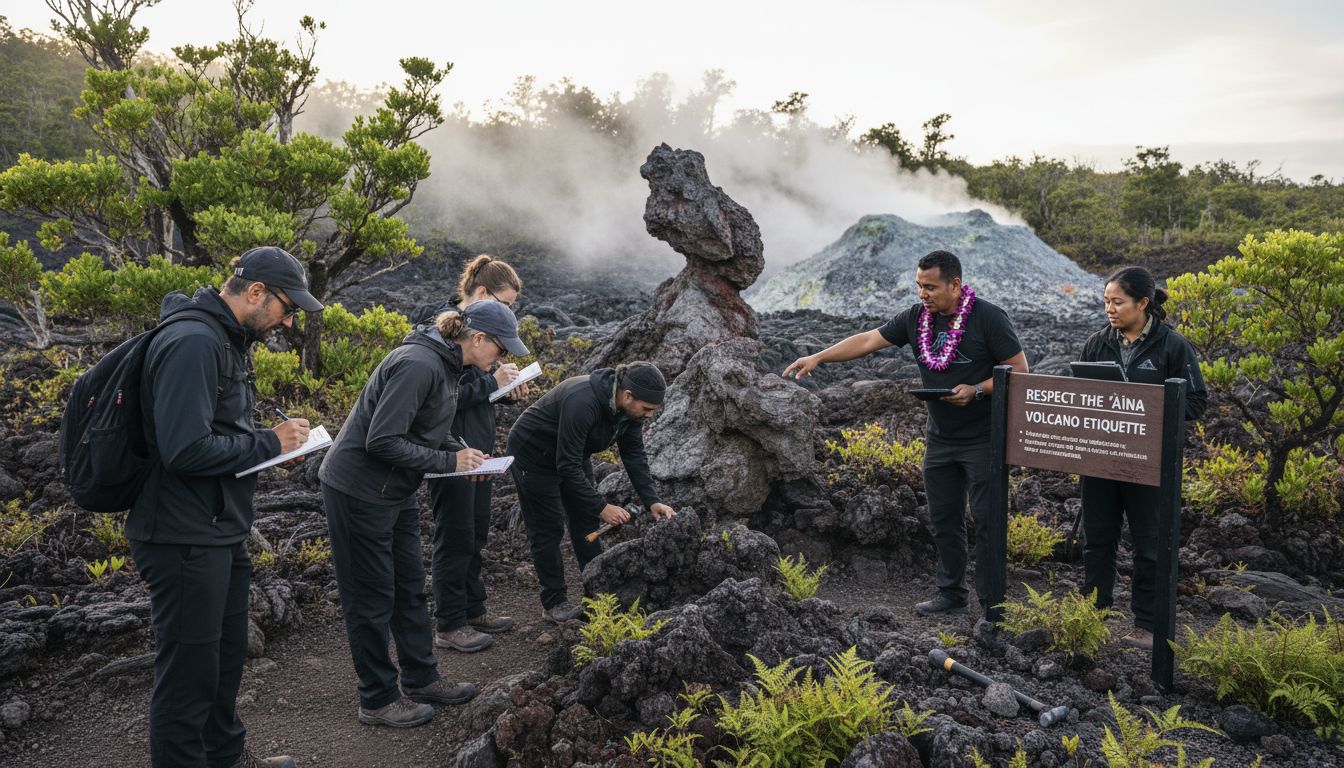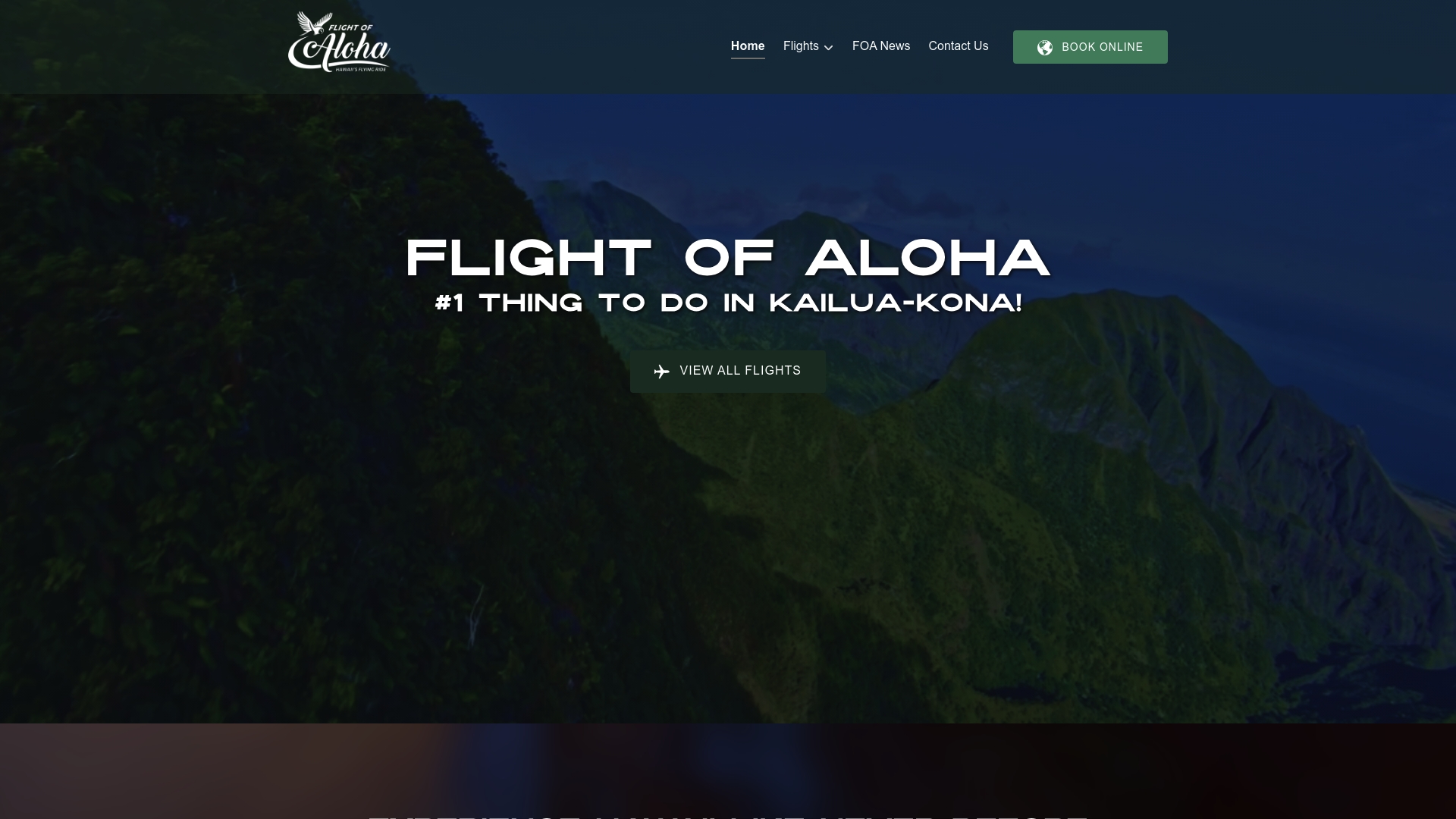What Is Experiential Tourism? Complete 2024 Overview

Over 80 percent of travelers now crave more than just sightseeing. People want trips that spark real emotions, foster hands-on learning, and create personal memories with every step. Experiential tourism responds to this growing demand, turning each journey into a deeply interactive adventure. In this guide, you’ll discover what sets this travel style apart and how it invites you to become an active part of every destination you visit.
Table of Contents
- Defining Experiential Tourism and Core Concepts
- Key Types and Categories of Experiential Tourism
- Unique Features and How Experiences Are Created
- Major Benefits for Tourists and Destinations
- Common Mistakes and How to Avoid Them
- Experiential Tourism Versus Traditional Tourism
Key Takeaways
| Point | Details |
|---|---|
| Experiential Tourism Defined | A transformative travel model focusing on immersive, interactive experiences that foster emotional connections and cultural understanding. |
| Key Categories | Major types include Cultural Tourism, Eco-Tourism, Adventure Tourism, and Geotourism, each providing unique, meaningful interactions with destinations. |
| Benefits for Travelers | Offers personal growth, cultural insights, emotional connections, and skill development, leading to transformative travel experiences. |
| Pitfalls to Avoid | Ensure authenticity and sustainability in experiences to prevent superficial interactions and cultural insensitivity. |
Defining Experiential Tourism and Core Concepts
Experiential tourism represents a transformative approach to travel that goes far beyond traditional sightseeing, immersing travelers in authentic, interactive encounters that create lasting memories. According to Travel Manitoba, this travel style focuses on emotional connections and interactive learning through sensory experiences that engage visitors on a deeper level.
At its core, experiential tourism is about actively participating in destination-specific activities that provide genuine insights into local culture, traditions, and ways of life. Unlike passive tourism where travelers merely observe, this approach encourages meaningful interactions that transform travelers from spectators into active participants. Travel Manitoba highlights several key characteristics that define experiential tourism:
- Authentic activities that reflect local culture
- Interactive learning experiences
- Storytelling that connects travelers with deeper meanings
- Sensory engagement that stimulates multiple perception channels
The academic world is also recognizing the importance of this tourism model. University of Bozen-Bolzano now offers specialized courses in Experiential Tourism Marketing, underscoring the growing significance of this approach in contemporary travel. These programs focus on understanding tourist experiences, designing compelling attractions, and developing marketing strategies that create memorable, emotionally resonant journeys.
Ultimately, experiential tourism transforms travel from a passive consumption of landscapes and attractions into an active, immersive narrative where travelers become integral characters in their own adventure story. By prioritizing genuine interactions, cultural understanding, and personal growth, this approach offers a more meaningful and transformative way to explore and connect with destinations around the world.
For more insights into unique travel experiences, check out our guide on adventure tourism.
Key Types and Categories of Experiential Tourism
Experiential tourism encompasses a diverse range of travel experiences that go beyond traditional sightseeing, offering travelers unique and immersive ways to engage with destinations. According to Vrindawan University, tourism can be categorized into multiple types, each providing distinctive opportunities for meaningful interactions and personal discovery.
Primary Categories of Experiential Tourism
The landscape of experiential tourism is rich and varied, with several key categories that cater to different traveler interests and motivations:
- Cultural Tourism: Immersive experiences focused on local traditions, heritage, and community interactions
- Eco-Tourism: Sustainable travel experiences that emphasize environmental conservation and natural landscapes
- Adventure Tourism: High-engagement activities that challenge travelers physically and mentally
- Geotourism: Specialized travel focusing on geological and geographical features, as highlighted by Wikipedia, which emphasizes conservation and appreciation of a region’s unique geological characteristics
Within geotourism, travelers might explore volcanic landscapes, geological formations, or participate in scientific expeditions that provide deeper understanding of Earth’s natural processes. This category represents a fascinating intersection of travel, education, and environmental appreciation.

Each category of experiential tourism offers unique opportunities for travelers to move beyond passive observation and become active participants in their travel experiences. Whether exploring ancient cultural practices, supporting ecological conservation efforts, or understanding geological wonders, these travel models transform traditional tourism into meaningful personal journeys.
For travelers seeking unique Hawaiian adventure experiences, our guide on adventure attractions in Hawaii provides additional insights into immersive travel opportunities.
Unique Features and How Experiences Are Created
Experiential tourism is an intricate art of crafting memorable journeys that transcend traditional travel encounters. According to Travel Manitoba, creating transformative experiences hinges on several critical components that engage travelers on multiple sensory and emotional levels.
Key Components of Experience Design
The creation of exceptional experiential tourism involves a deliberate and strategic approach to designing immersive encounters:
- Authentic Activities: Providing genuine, locally-rooted experiences
- Emotional Connections: Designing interactions that resonate deeply with travelers
- Interactive Learning: Creating opportunities for hands-on engagement and personal discovery
- Storytelling: Weaving narrative elements that provide context and meaning
- Sensory Experiences: Stimulating multiple perception channels to create lasting memories
Inspired by principles of experiential design, these experiences are carefully constructed to influence travelers’ cognitive, emotional, and behavioral responses. Much like Wikipedia’s exploration of experiential interior design suggests, the goal is to create environments and interactions that provoke meaningful personal transformations.
The magic of experiential tourism lies in its ability to transform travelers from passive observers to active participants. By carefully orchestrating elements of surprise, cultural immersion, and personal challenge, destination creators can craft experiences that go beyond simple tourism and become profound personal journeys of discovery and growth.
For travelers interested in uniquely Hawaiian immersive experiences, our guide on what makes Hawaii’s experiences special offers deeper insights into crafting memorable travel encounters.
Major Benefits for Tourists and Destinations
Experiential tourism creates a remarkable symbiosis of benefits that extend far beyond traditional travel models, offering profound advantages for both travelers and local communities. According to research from the ABAC ODI Journal, this innovative approach to travel generates memorable experiences that fundamentally transform how tourists interact with destinations.
Transformative Benefits for Travelers
For tourists, experiential tourism offers multiple profound advantages:
- Personal Growth: Opportunities for deep self-discovery and learning
- Cultural Understanding: Authentic interactions that provide genuine insights
- Emotional Connection: Experiences that create lasting, meaningful memories
- Skill Development: Hands-on learning in real-world contexts
- Perspective Expansion: Challenging personal assumptions and worldviews
From a destination perspective, the benefits are equally compelling. Academic Research suggests that experiential marketing in tourism can significantly increase the likelihood of tourists revisiting a destination, creating a sustainable economic cycle that benefits local communities.
Destinations implementing experiential tourism models gain substantial advantages, including enhanced economic resilience, stronger community engagement, and a more authentic representation of local culture. By prioritizing meaningful interactions over transactional experiences, communities can transform tourism from a mere economic activity into a platform for cultural preservation and mutual understanding.
For travelers seeking to support local communities through their travel choices, our guide to Hawaiian community engagement in tourism provides deeper insights into responsible and meaningful travel experiences.
Common Mistakes and How to Avoid Them
Experiential tourism, while transformative, can fall prey to several critical pitfalls that undermine its core purpose of creating meaningful travel experiences. Research from ArXiv emphasizes the importance of establishing clear definitions and goals to prevent contradictions and ensure effective implementation of tourism strategies.
Key Mistakes to Navigate
Travelers and destination creators often encounter these common challenges:
- Superficial Experiences: Treating cultural interactions as performative rather than genuine
- Lack of Authenticity: Creating manufactured experiences that feel disconnected from local realities
- Insufficient Preparation: Failing to provide adequate context or background for immersive activities
- Overlooking Environmental Impact: Prioritizing tourist experience over sustainable practices
- Cultural Insensitivity: Approaching local traditions without proper respect or understanding
Technology presents both opportunities and risks in experiential tourism. Virtual Reality Research highlights the critical need to balance technological innovation with meaningful user engagement and careful environmental considerations. The goal is to enhance tourist experiences without creating artificial or disconnected interactions.
Avoiding these mistakes requires a deliberate, thoughtful approach that prioritizes genuine cultural exchange, sustainability, and respect. Successful experiential tourism demands deep understanding, careful planning, and a commitment to creating experiences that are both transformative for travelers and beneficial for local communities.
For travelers seeking to navigate these challenges, our guide to Hawaiian community engagement in tourism offers valuable insights into responsible and meaningful travel experiences.
Experiential Tourism Versus Traditional Tourism
Traditional tourism and experiential tourism represent fundamentally different approaches to travel, with the latter offering a more immersive and transformative journey. Wikipedia’s exploration of heritage tourism highlights the critical distinction: while traditional tourism often involves passive observation, experiential tourism encourages deep, meaningful engagement with destinations.
Key Differences Explained
The contrast between these two travel models can be understood through several crucial dimensions:
- Engagement Level: Traditional tourism = Observer, Experiential tourism = Active Participant
- Learning Depth: Traditional tourism = Surface-level interactions, Experiential tourism = Profound cultural insights
- Personal Impact: Traditional tourism = Temporary memories, Experiential tourism = Transformative experiences
- Local Interaction: Traditional tourism = Transactional, Experiential tourism = Genuine cultural exchange
- Sustainability: Traditional tourism = Often environmentally indifferent, Experiential tourism = Environmentally conscious
Geotourism research further illustrates this distinction by emphasizing how sustainable practices and educational components distinguish experiential approaches from traditional tourism models. Where traditional tourism might treat a location as a backdrop for photographs, experiential tourism seeks to understand the landscape’s deeper ecological, cultural, and historical significance.
The shift from traditional to experiential tourism represents more than just a travel trend—it’s a fundamental reimagining of how humans interact with destinations. By prioritizing authentic connections, personal growth, and mutual understanding, experiential tourism transforms travel from a consumptive activity into a profound journey of discovery and learning.
![]()
Travelers looking to dive deeper into culturally rich experiences can explore our guide to advantages of cultural tourism for more insights into meaningful travel approaches.
Experience Experiential Tourism Like Never Before
Experiential tourism is all about creating authentic connections and deep emotional experiences that leave lasting memories. If you want to move from passive sightseeing to becoming an active participant in Hawaii’s rich culture and natural beauty, Flight of Aloha offers the perfect solution. Our immersive flying theater attraction combines 8K visuals, motion effects, scents, and wind to transport you over the islands in a way that sparks emotional connections, interactive learning, and sensory engagement just like the article describes.

Step into a world where Hawaiian legends come alive through stunning storytelling rides like ‘Naupaka’ and ‘Lahaina.’ Whether you seek cultural immersion or adventure tourism, our experience transforms your visit into a meaningful journey. Book your tickets today at Flight of Aloha and explore more about our unique VIP experiences and annual passes. Discover what makes our attraction a must-do for families and travelers who crave authentic Hawaiian experiences beyond traditional tourism.
Frequently Asked Questions
What is experiential tourism?
Experiential tourism is a transformative travel approach that emphasizes active participation in authentic, interactive experiences, allowing travelers to engage deeply with local culture and traditions.
What are the key characteristics of experiential tourism?
Key characteristics include authentic activities, interactive learning, storytelling, and sensory engagement that foster emotional connections and deeper insights into the destinations visited.
How does experiential tourism differ from traditional tourism?
Experiential tourism differs from traditional tourism by encouraging active participation and genuine cultural exchange, while traditional tourism often involves passive observation and surface-level interactions.
What are the benefits of experiential tourism for travelers?
The benefits for travelers include personal growth, cultural understanding, emotional connections, skill development, and the expansion of perspectives through immersive experiences.
